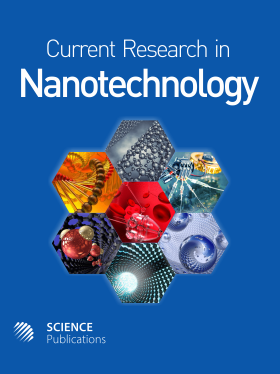New Opportunities for Fullerenes and for Graphene
- 1 Open University, United Kingdom
Abstract
This is a conjecture which defines a new class of electrically conducting polymer that chemically confines metals, ions or clusters within an electric potential constraining them to react in ways novel to chemistry. The polymers are planar on a planar surface and adhere as a П-bonded electron sheet to planar, electron-delocalized surfaces as in Fullerenes, graphene (both sides) and graphite. The new polymers offer an extension of the properties of solid state Physics into catalytic Chemistry. With the empirical formula typically C6X3 where X is mostly chosen from Groups 3A [B, Ga, In], 4A [Ge, Sn, Pb], 5A [N, P, As, Sb, Bi] and 6A [O, S, Se, Te] of the Periodic Table, or a mixture of these, the molecules can form the polymer in Figure 1. Typically X = N, P, As, Sb, O, S, Se and Te. With an electric potential applied by the researcher to the polymer in Figure 3, this amounts to the creation of a new chemistry for each of the ions, clusters and neutral compounds of some 60 elements. Basically, this wide range of new complexes offers scientists access to fresh chemical opportunities when coated onto Fullerenes, graphene and graphite to force reactions not observed before and to explore both their chemical, medical and industrial implications.
DOI: https://doi.org/10.3844/ajnsp.2015.23.30

- 11,713 Views
- 5,286 Downloads
- 2 Citations
Download
Keywords
- Electro Catalysis
- Fullerenes
- Graphene
- Graphite
- Mercury
